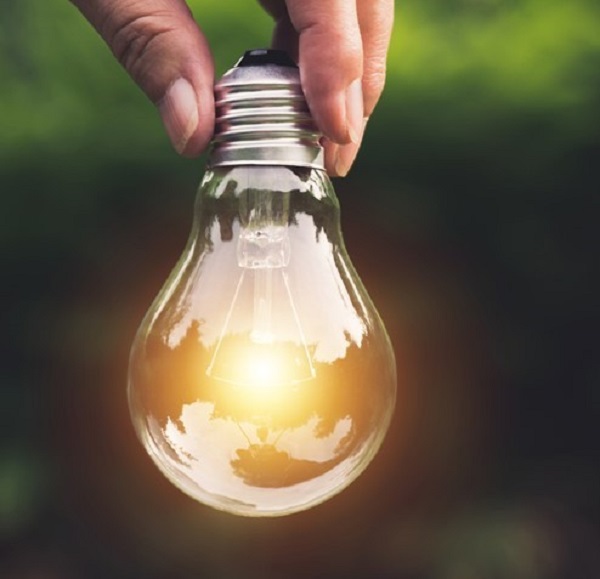The US has pulled the plug on the sale of incandescent light bulbs as a new law goes into effect with the goal of promoting greener and more efficient options.
The new rules forbid the manufacture and sale of incandescent bulbs, with companies that violate the ban facing a maximum penalty of $542 (£427) per bulb.
However, an update to the law made last year allows consumers to continue to use the incandescent bulbs they already own. The manufacture of incandescent appliance lamps, black lights, bug lamps, holiday lights, plant lights, flood lights and traffic signals will also continue to be allowed.
The incandescent light bulb was patented by Thomas Edison in the 1800s and was used for almost 150 years until a ban on the technology was issued in 2007 during the George Bush administration.
The measure was rolled back by President Donald Trump, who claimed that: “The bulb that we’re being forced to use. Number one, to me, most importantly, the light’s no good. I always look orange.”
The US Department of Energy has estimated that making the switch from incandescent light bulbs to LEDs will cut carbon emissions over the next three decades by 222 million metric tons, and save consumers close to $3bn (£2.4bn) on their utility bills.
“By raising energy efficiency standards for light bulbs, we’re putting $3bn back into the pockets of American consumers every year and substantially reducing domestic carbon emissions,” energy secretary Jennifer Granholm said in a statement last year.
LED bulbs are currently more expensive than incandescent ones, but they last 25 to 50 times longer than incandescents and use 75 per cent less energy.
“Energy-efficient lighting is the big energy story that nobody is talking about,” Lucas Davis, an energy economist at the University of California, Berkeley, told The New York Times. “Going from an incandescent to an LED is like replacing a car that gets 25 miles per gallon with another one that gets 130mpg.”
Source: E&T










